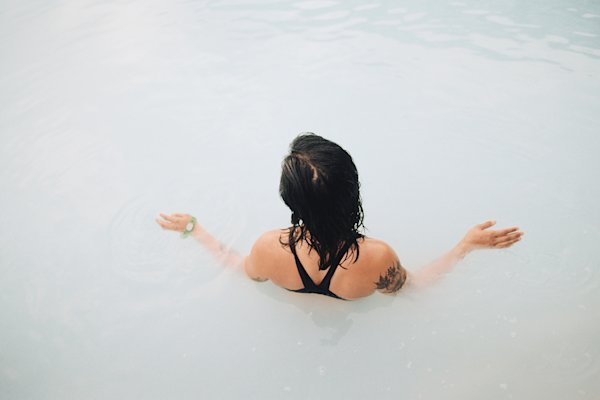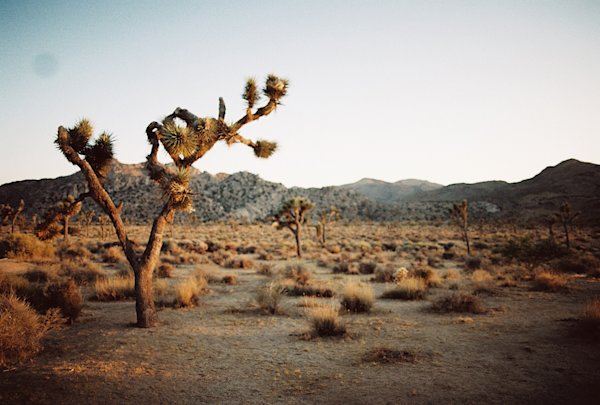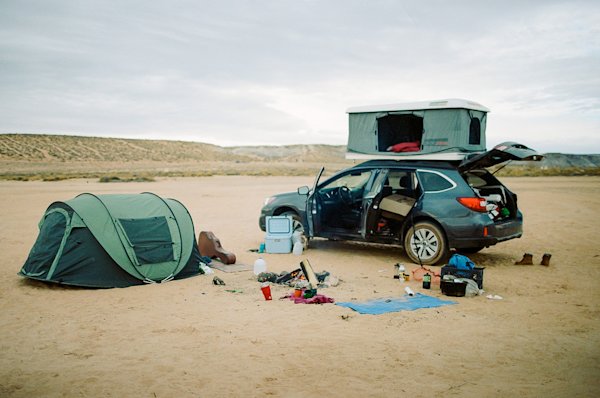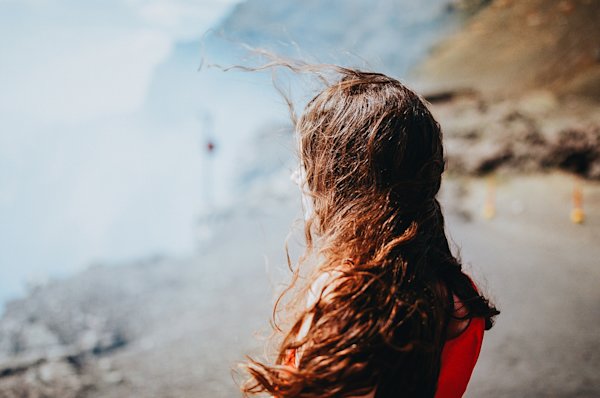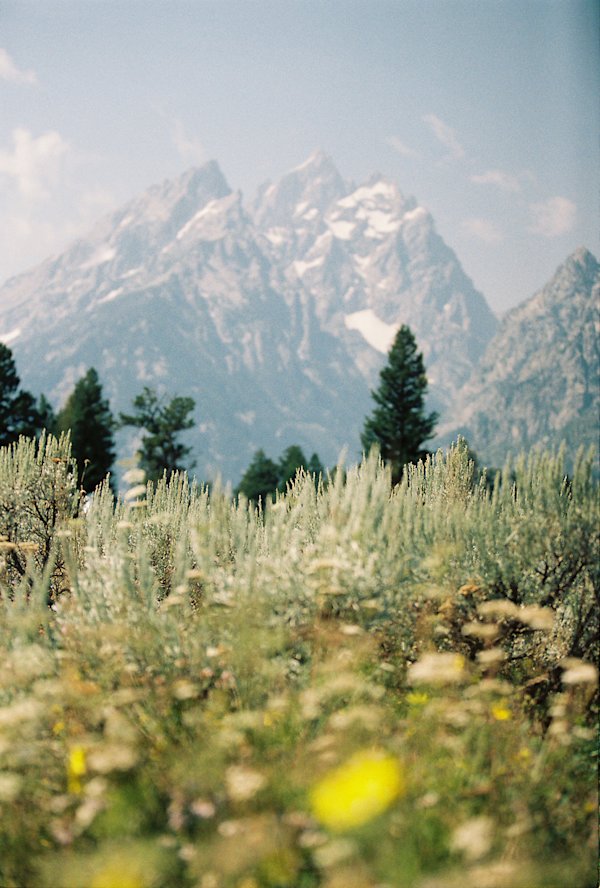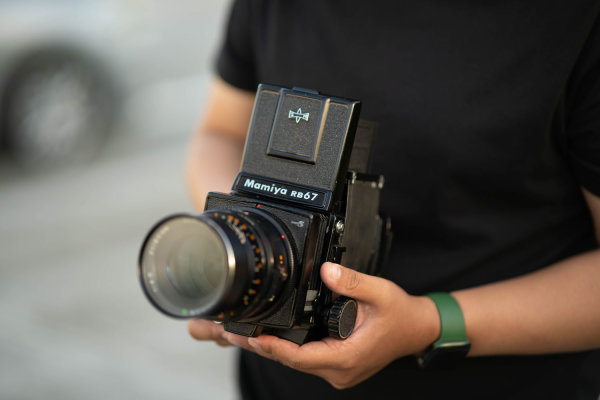The human brain's "wants" and "desires" are transient by nature. Our love for tangible commodities are short-lived, often being replaced by the warped necessity to upgrade. During the early ages of my business, when I photographed friends for a quick $20 in high school, I longed for the biggest and baddest Canon camera on the market. Once I saved enough money from my serving gigs to upgrade from a cropped sensor to a full-frame (substantial difference in overall quality) my work only improved by small technical specs—the same Natalie Allen was still shooting the same over-exposed, slighting off composed photographs. It wasn't until years of practice and substantial experience in the industry that I finally started to build a personality in this craft.
Then there came an exciting turning point in my career last year. As I strutted around beautiful landscapes with thousands of dollars strapped around my neck, I felt strangely uneasy. I would often look inside the dusty scopes of vintage National Geographic magazines and couldn't help but want my work to echo the same nostalgic, homey feeling. Iconic photography from the 70's is, obviously, all shot by either 35mm or 120mm film.
I then noticed a pattern with all of my favorite photographers—Ansel Adams, Kevin Russ, Sally Mann, Molly Steele, Magdalena Wosinska—they all emulated analog documentation. I used to craft mood boards with magazine tear outs and Mod Podge glue in my journals of random film photographs also found on Tumblr or Pinterest, thirsty to replicate this undoubted inspiration.


